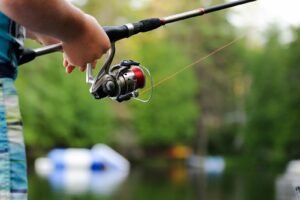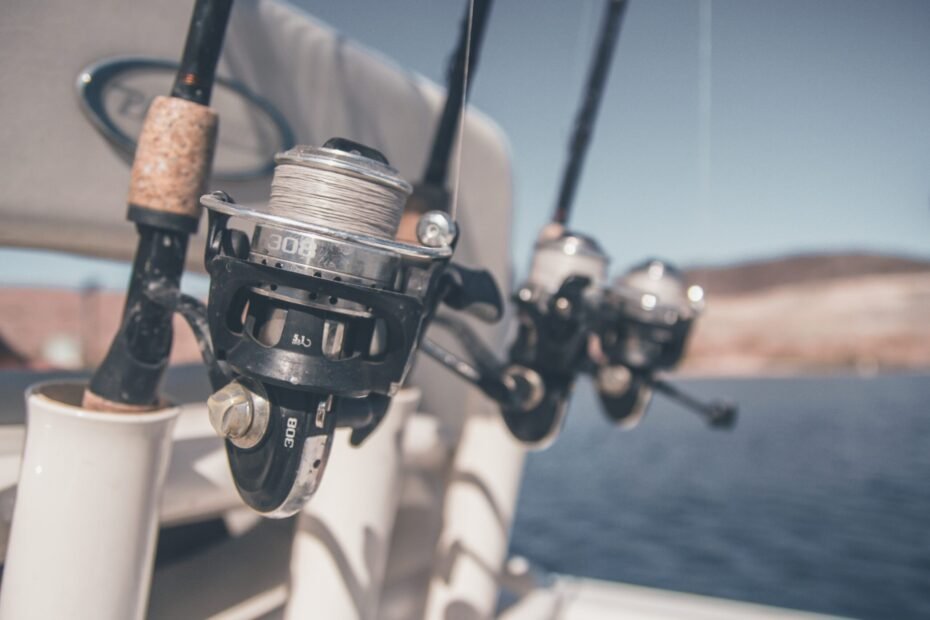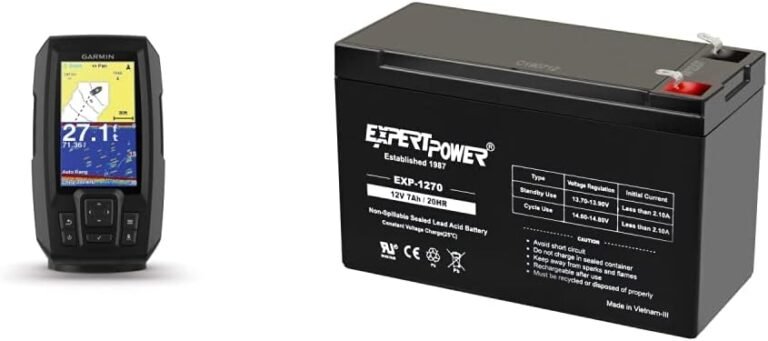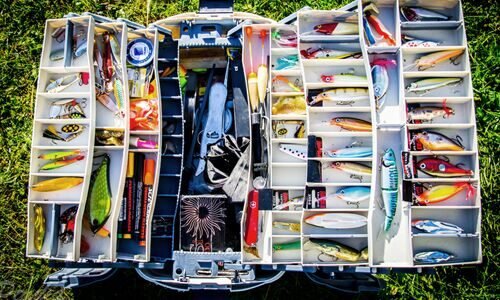Choosing the Perfect Fishing Reel: A Comprehensive Buyer’s Guide
Introduction
When it comes to fishing, having the right equipment is crucial for a successful and enjoyable angling experience. Among the essential tools in a fisherman’s arsenal, the fishing reel plays a pivotal role. Whether you’re a novice or an experienced angler, selecting the right fishing reel is vital for casting, retrieving, and landing fish effectively. In this comprehensive buyer’s guide, we’ll explore the factors to consider when choosing a fishing reel and delve into the various types available on the market. Get ready to equip yourself with the knowledge to make an informed decision and enhance your fishing performance.
Understanding Fishing Reels
At its core, a fishing reel is a mechanical device designed to hold, release, and retrieve fishing line. It is a crucial component that complements your fishing rod and facilitates smooth casting and reeling. Fishing reels come in different types, each catering to specific fishing techniques and preferences. Let’s explore the main types of fishing reels you’ll encounter:
Spinning Reels
Spinning reels, also known as open-face reels, are popular among beginners and experienced anglers alike. They feature a fixed spool and are mounted below the fishing rod. Spinning reels excel in versatility, allowing for easy casting and handling various line types, including monofilament and braided lines. They offer excellent control and are suitable for a wide range of fishing applications, making them a go-to choice for many anglers.

Baitcasting Reels
Baitcasting reels, also called conventional reels, are favored by experienced anglers and those seeking precision and control. They utilize a revolving spool and sit atop the fishing rod. Baitcasting reels are known for their casting accuracy, strength, and the ability to handle heavier lines and lures. While they require a bit of practice to master, once you become proficient, they provide unmatched performance for techniques like flipping, pitching, and targeting larger fish species.

Fly Reels
Fly reels are specifically designed for fly fishing, a unique angling technique that involves casting a lightweight artificial fly. These reels focus on line retrieval rather than casting distance. They feature a large arbor design to accommodate the bulkier fly lines and provide quick line retrieval. Fly reels are available in different sizes to match various fly fishing applications, from delicate trout fishing to battling powerful saltwater species.

Factors to Consider When Choosing a Fishing Reel
1. Fishing Technique and Target Species
Your fishing technique and target species heavily influence the type of reel you should choose. Different techniques, such as freshwater spinning, saltwater trolling, or fly fishing, require reels with specific features and capabilities. Consider the fishing conditions, the size and fighting characteristics of your target species, and select a reel that aligns with your angling style.
2. Reel Size and Line Capacity
Reel size and line capacity are critical considerations when matching a reel to your fishing style. Smaller reels with lower line capacities are ideal for light tackle and finesse fishing, while larger reels with higher line capacities are better suited for heavy-duty applications and targeting larger fish. Ensure your chosen reel has an appropriate line capacity to accommodate the fishing line you intend to use.
3. Gear Ratio
The gear ratio of a fishing reel refers to the number of revolutions the spool makes with each turn of the handle. It determines the speed and power of line retrieval. A higher gear ratio provides faster line retrieval, which is advantageous for techniques that require quick lure presentations or when reeling in fish quickly. Lower gear ratios offer increased cranking power, suitable for scenarios that demand strength and torque, such as deep-sea fishing or heavy cover situations.
4. Drag System
The drag system of a fishing reel is responsible for applying resistance to the spool, allowing controlled line release during a fish’s powerful runs. A smooth and reliable drag is essential for preventing line breaks and tire out the fish gradually. Reels employ different drag types, including front drag and rear drag systems. Front drag systems typically offer greater stopping power and more precise adjustments, while rear drag systems are easier to access and adjust while fighting a fish.
5. Construction and Materials
Durability and quality materials are crucial aspects of a fishing reel, ensuring its longevity and performance in demanding fishing conditions. Reels constructed with lightweight yet robust materials, such as graphite, aluminum, or carbon composites, strike a balance between strength and weight. These materials also offer resistance to corrosion, which is especially important for saltwater anglers. Consider the construction and materials used in the reel’s frame, spool, handle, and other components to ensure long-lasting reliability.
Popular Fishing Reel Types and Their Features
1. Spinning Reels
Spinning reels are versatile and widely used across various fishing techniques. They offer ease of use, precise drag systems, and smooth line retrieval. Look for spinning reels that feature ergonomic designs, lightweight construction, high-quality ball bearings for smooth operation, and a reliable drag system that can handle the targeted species.
2. Baitcasting Reels
Baitcasting reels provide unmatched casting control and power, making them suitable for anglers seeking maximum accuracy and distance. Look for baitcasting reels with adjustable braking systems for fine-tuning your casting, high gear ratios for quick retrieves, durable construction, and ergonomic handles for comfortable and prolonged use.
3. Fly Reels
Fly reels are designed with specific features for fly fishing enthusiasts. Opt for fly reels that offer large arbors for increased line retrieval, smooth drag systems to handle sudden bursts of fish runs, lightweight construction to balance the fly rod, and corrosion-resistant materials to withstand exposure to freshwater or saltwater environments.
Conclusion
Choosing the perfect fishing reel is essential to enhance your angling performance and enjoyment on the water. By considering factors such as fishing technique, target species, reel size, gear ratio, drag system, and construction materials, you can find a reel that meets your specific needs. Whether you opt for a spinning reel, baitcasting reel, or fly reel, ensure it aligns with your fishing style and provides the features required for your preferred angling applications. Selecting the right fishing reel is a significant step towards unlocking memorable fishing adventures and reeling in that prized catch. Happy fishing!
FAQ
1. Which type of fishing reel is best for beginners?
For beginners, spinning reels are generally recommended due to their user-friendly design, versatility, and ease of use. They provide a gentle learning curve and can handle various fishing techniques and target species.
2. Can I use a spinning reel for saltwater fishing?
Yes, spinning reels can be used for saltwater fishing. However, it’s important to choose a spinning reel specifically designed for saltwater conditions. Look for reels made from corrosion-resistant materials and with sealed components to protect against saltwater exposure.
3. Are baitcasting reels suitable for beginners?
Baitcasting reels require some practice to master, so they might not be the best choice for absolute beginners. However, with dedication and practice, beginners can become proficient in using baitcasting reels and enjoy the benefits
they offer in terms of casting accuracy and power.
4. Do I need different reels for freshwater and saltwater fishing?
It’s generally recommended to have separate reels for freshwater and saltwater fishing. Saltwater environments are more corrosive, so reels specifically designed for saltwater use have added features to prevent corrosion and damage from exposure to saltwater.







